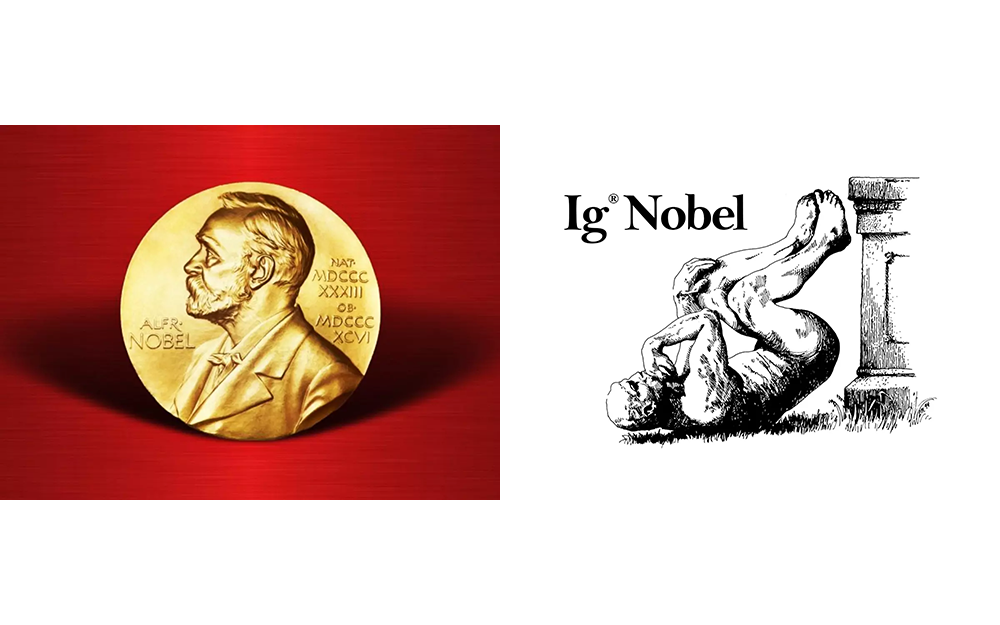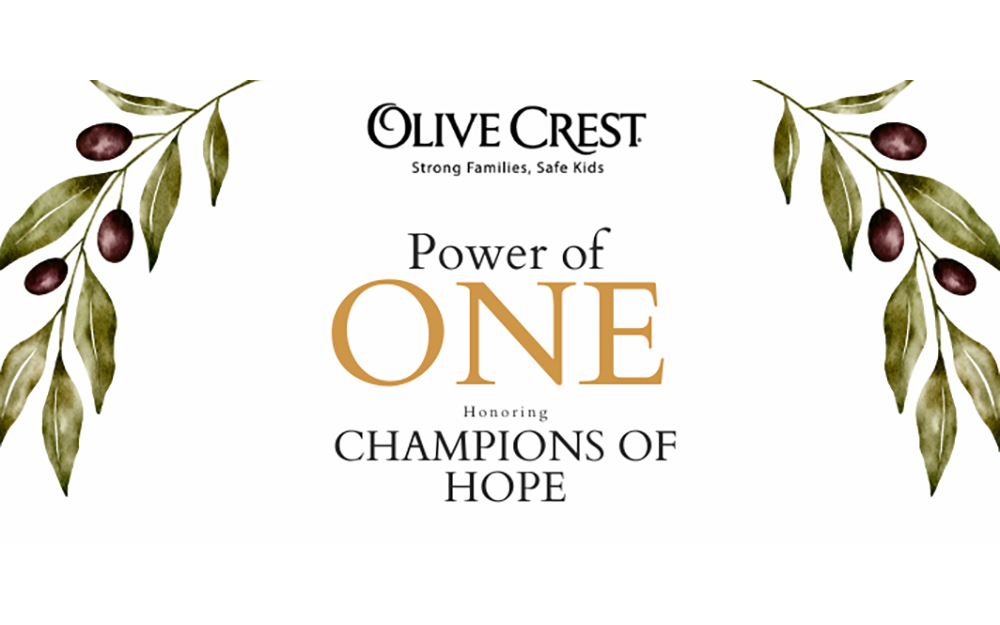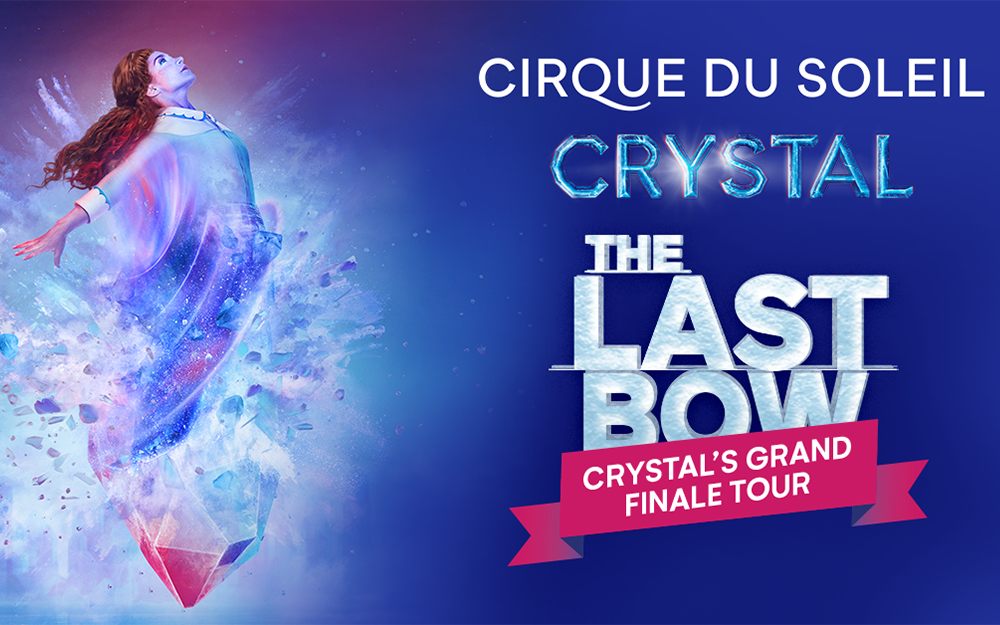
By Haddon Libby
Last week, this year’s Nobel Prize awards winners were announced. Begun in 1901, this prestigious award goes to those who make “extraordinary contributions to humanity. The award is named after Alfred Nobel, a Swedish chemist and inventor who died in 1896. Nobel’s most notable invention was the stabilization of nitroglycerin and its use in creating dynamite. The Nobel awards focus on outstanding achievements in the areas of Peace, Physics, Physiology, Chemistry/Medicine, Literature, and Economics.
The Nobel Peace prize went to Nihon Hidankyo and Hibakusha, an organization of Japanese survivors of the H-bomb. The group uses witness testimonials to show people why nuclear weapons should never be used against humanity again.
The prize for Physics was for advancements in Artificial Intelligence. The invention creates a structure that can store and reconstruct data in manners like the human brain.
The Physiology award was for the discovery of microRNA molecules. MicroRNA plays a critical role in the function and development of genes.
The award for Chemistry/Medicine was for the development of an AI model that can predict and build complex proteins – the basic building blocks of life.
The Literature award went to Han Kang for her poetry that reflects on the fragility of human life.
The Economics award was for work studying why prosperity can be so different between countries and how to affect change in large Institutions.
The month before the Nobel Prize Awards, the Massachusetts Institute of Technology held its 34th Ig Nobel Prize Awards for ‘Improbable Research’. Winners of this sillier Award received a 10 trillion Zimbabwe note that is worth $0.04 US cents. To be considered for this honor, the research must be published in an accredited journal.
The Physics prize was for the demonstrated swimming abilities of a dead trout. Research proved that a dead fish (being pulled by a string) exhibits many of the same swimming movements as a living fish.
The Physiology prize was for discovering that many mammals are capable of breathing through their butts. The research came from an observation that the Loach fish can do this when under extreme stress.
The Chemistry prize was for the use of chromatography in separating drunk from sober worms.
The Medicine prize went to a team that demonstrated that fake medicine with painful side effects is more effective than fake medicine without painful effects.
The Ig Nobel MIT awards had a few other areas of science recognized.
The Botany prize went to a multinational team that found evidence that some real plants imitate the shapes of nearby artificial plastic plants.
The Anatomy prize was awarded to a team that studied whether the hair on the heads of people in the Northern Hemisphere swirls in one direction, while Southern Hemisphere heads have hair that swirls in the opposite direction. This research proved the thesis to be true. Hemisphere matters.
 The Probability prize went to a group that studied coin flips. Their published findings prove that it is more likely that a coin will land on the side that you can see more often than the downward facing side. Next time that someone is flipping a coin with you, be sure to bet on the side that you can see.
The Probability prize went to a group that studied coin flips. Their published findings prove that it is more likely that a coin will land on the side that you can see more often than the downward facing side. Next time that someone is flipping a coin with you, be sure to bet on the side that you can see.
The Demography prize discovered that many people famous for having lived the longest came from locations with ‘lousy birth-and-date recordkeeping’.
The Biology award was for studies on the ejection of cow’s milk from the udder. Researchers popped a paper bag every ten seconds for two minutes while standing next to the cow. At the same time, a cat was standing on the cow’s back. According to the research, the sudden fright did cause greater ejection of cow’s milk from the udder. They also found that the presence of the cat did not impact results.
Haddon Libby is the Founder and Chief Investment Officer of Winslow Drake Investment Management, a state-Registered Investment Advisory firm. For more information on the differences between a RIA and a broker, please visit us at www.WinslowDrake.com.










































